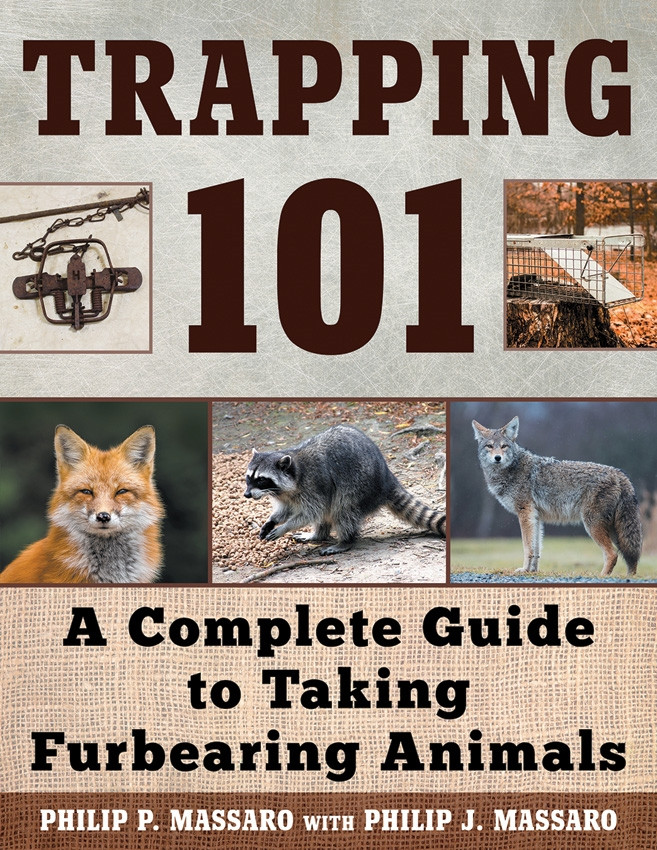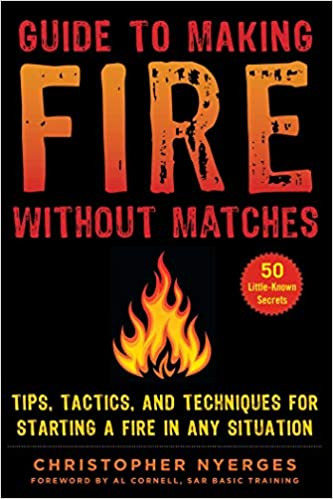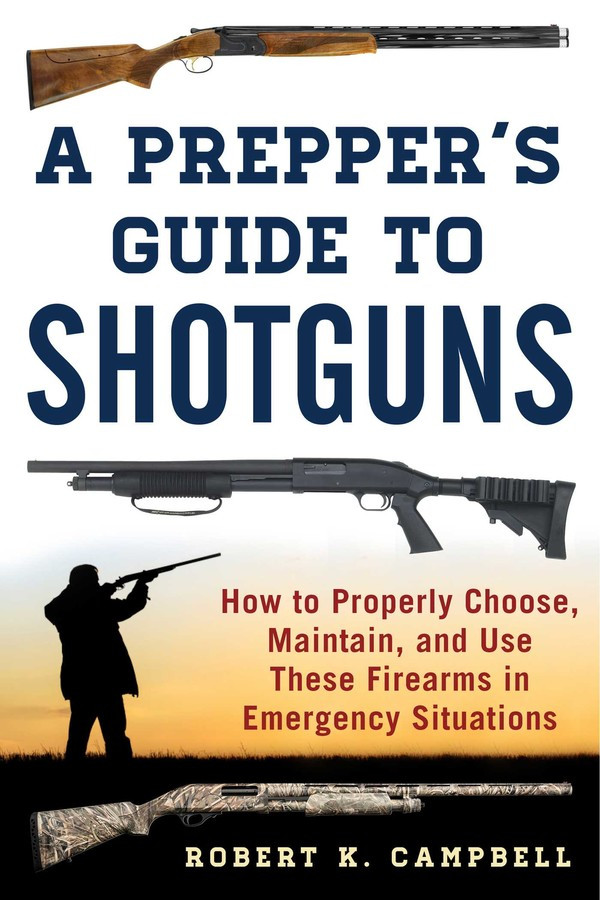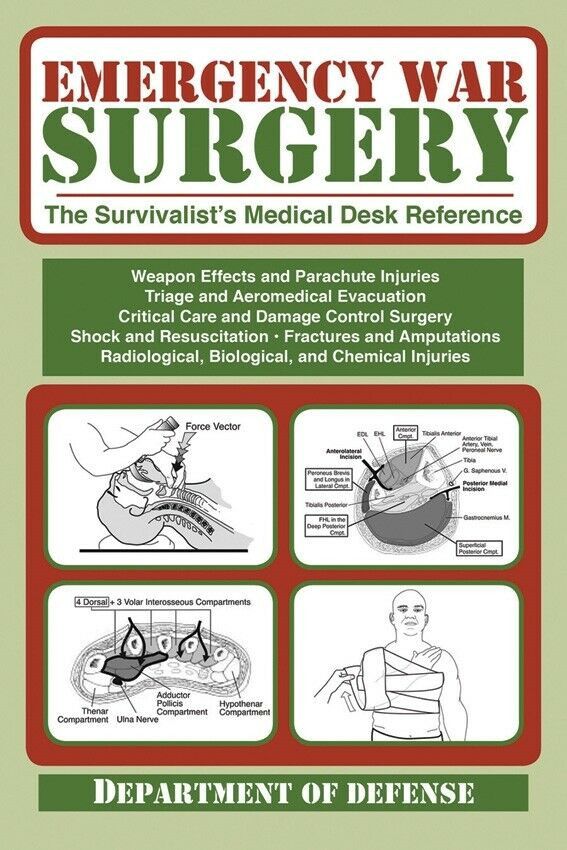| Content | The ancient art of trapping goes back centuries, almost to the beginning of civilization. Native Americans used the pit trap, deadfalls, and snares, the Chinese documented the use of nets and pits in the fourth century BCE, and virtually every civilization can exhibit some example of the use of a trap in one form or another to procure meat, hides, or fur. The fur trade across Europe was dominated by the Russians, which provided furs to the greater part of Western Europe and Asia during the Middle Ages, which prompted the exploration of Siberia and its game rich forests. In North America, trapping was one of the primary reasons why settlers pushed West, taking advantage of the bountiful game across the continent. Fur was used not only for coats, hats, and mittens, it was used as a form of barter.
The taking of a fur-bearing animal was and is a big accomplishment, as fooling a crafty animal on its home territory is no easy feat. In Trapping 101, veteran trapper Phil Massaro reveals all the secrets of the trade, from knowing where to set traps, to understanding and using various types of traps, to properly using scents. Tips and tactics for taking beavers, muskrats, weasels, raccoons, skunks, otters, and more are all covered. While there is a wealth of information in here for beginners, information that will help them pick up trapping with relative ease, there are many subtle tips and tricks that even a veteran trapper will appreciate.
Times have, of course, changed since the days of the voyageurs and rendezvouses. There are many more people in this modern world, many more dwellings, many more towns and cities. But there is a place for trapping in all this, just as there are places for hunting and fishing. A knowledgeable trapper, following game rules and respecting the animals he is trying to trap, fits right into the grand scheme of Mother Nature existing in harmony with humankind. This book will help you achieve that.
| Anyone who wants to improve his or her health in a completely natural way will find this book to be an absolute must-have for his or her home—and garden.
| Learn how to navigate without a compass, even when it seems impossible!
Whether we are walking or driving, whether in the woods, on the water, or in the city, it&;s vital that we know where we are and are able to find our way around. But with society&;s current dependence on modern tools and technology, many persons would have no idea how to navigate without a compass or GPS. In an emergency situation, that lack of knowledge could easily prove fatal.
In The Ultimate Guide to Navigating without a Compass, survival expert Christopher Nyerges provides readers with all the skills that they may need to navigate naturally. The book begins by describing the meaning of natural navigation, and then moves on to describe, in detail, the methods of natural navigation, including using the sun, the stars, the moon, and shadows. Additional topics include:
- How to read a map
- How to make a sun dial
- How to make a star dial
- How to use clouds to predict weather patterns
- How to track celestial changes
- How to gauge time through natural observation
- And much more!
With helpful diagrams, illustrations, and sidebars, The Ultimate Guide to Navigating without a Compass is the fundamental reference book for learning how to navigate by natural methods.
| Knife and Tomahawk Throwing by Harry K. McEvoy. 28 pages. | Learn How to Start a Fire, Even When It Seems Impossible!
Since the dawn of mankind, fire has been a staple of survival. Whether it is used to keep warm, cook food, or scare away predators, fire is an essential element, one that is almost impossible for humans to live without. But with society's current dependence on modern tools and technology, many persons would have no idea how to start a fire without matches or a lighter. In an emergency situation, a lack of knowledge about it could easily prove fatal.
In Guide to Making Fire without Matches, survival expert Christopher Nyerges provides readers with all the skills that they may need to start a fire without modern tools. The book begins by covering the history and lore surrounding fire, and then moves on to describe, in detail, the four main methods through which fire is made: friction, the sun, electricity, and chemistry. Additional topics include:
How to make a fire in the rain
The best locations to build a fire
Safety precautions to take when around fire
How to tend your fire
How to make a signal fire
Different ways to cook with fire
And much more!
With helpful diagrams, illustrations, and sidebars, Guide to Making Fire without Matches is the ultimate reference book for learning about an essential element.
| As consumerism and a meat-heavy, processed diet become the norm and the world's population continues to grow at an exponential rate, more and more people are looking toward a more sustainable path for food. Authors Douglas Boudreau and Mykel Hawke believe that the future of food lies in the wild foods of times spanning back to before the mass-agriculture system of today.
People have become distanced from the very systems that provide their food, and younger generations are increasingly unable to identify even the trees in their backyards. In response, Boudreau and Hawke have provided a compendium of wild edible plants in North America. Foraging for Survival is a comprehensive breakdown of different plant species from bearded lichen to taro, and from all over the United States. There are also tips for growing local native plants in the backyard to facilitate learning and enhance table fare at home. Other information you'll find inside:
- A list of different types of edible wild plants
- Foraging techniques
- Bugs and other grubs that can be consumed
- Warning signs of poisonous plants
- And much more!
Whether you're a hiker taking a walk through your local wilderness, or chef looking for new ingredients to incorporate in your dishes, Foraging for Survival is the book for you!
|









